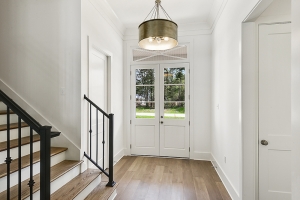 There are many steps to follow when purchasing a new home. One you should never skip is your final walkthrough. If you do skip this step, you might unwittingly take on large financial burdens that you had not planned for.
There are many steps to follow when purchasing a new home. One you should never skip is your final walkthrough. If you do skip this step, you might unwittingly take on large financial burdens that you had not planned for.
“It allows the buyer and their agent to check the property for any new signs of damage, inspect appliances and systems, and ensure that the home is reasonably clean and in good condition,” says Baruch Silvermann, CEO and founder of The Smart Investor, a free online academy for investors, and a real estate investor himself.
It is a good idea to always take your Realtor to the walkthrough. If there is a problem your agent can make a huge impact when addressing the problem. Take your phone to take pictures, videos and notes. Here are some additional tips you should follow during your final walkthrough.
Check the electrical system. If one switch or outlet does not work, that could be a sign of a bigger problem with the wiring. Go through your home and check the security system, doorbell and garage door as well as the outlets and light switches.
Run the AC/Heating. This should be one of the first things to check in the home. The HVAC is a very important unit and one of the most vital systems in the home.
“The big problem with heating systems is that part of the unit could be outside – the compressor, coil, electrical components, and fan – making it difficult to find the fault,” says Silvermann. “Other common problems can be related to lack of gas, corrosion, or a faulty compressor.”
Look for wet spots. Leaks can cause things such as mold and rotten wood. The repercussions can be termites and even worse foundation issues which can be expensive repairs.
“Visually look around for wet areas on the ceiling or discoloration from leaks by windows,” says Jeff Lichtenstein, owner of Echo Fine Properties in Florida.
Run anything mechanical. Go through and flush all the toilets, run the dishwasher, washing machine, dryer and all the fans (including ceiling fans and exhaust fans). It would be a disappointment to move into your home and then find out that the dishwasher is not working after you have closed.
Inspect the bathrooms. According to Remodeling Magazine, bathroom remodels retain their value at resale. It is important to check the toilets to make sure they are not running, and turn on all the faucets to make sure they work correctly.
“Check that bathrooms are free of water damage, standing water, and mold by the shower, sink, and base of the toilet,” says Silvermann, who says mold can develop within days, so it’s worth taking a close look after the inspection.
Take a look around outside. Make sure all the exterior doors and windows are properly sealed.
“Any small leak can cause the heating and air conditioning system to operate at higher power and raise the electricity bill,” says Silvermann. “And check wood and concrete around the exterior of the home for cracks and water damage.”
Following these six tips can help with the walkthrough process. Make sure to take give a copy of your inspection to the seller so the items will be corrected before closing.
Click Here For the Source of the Information.

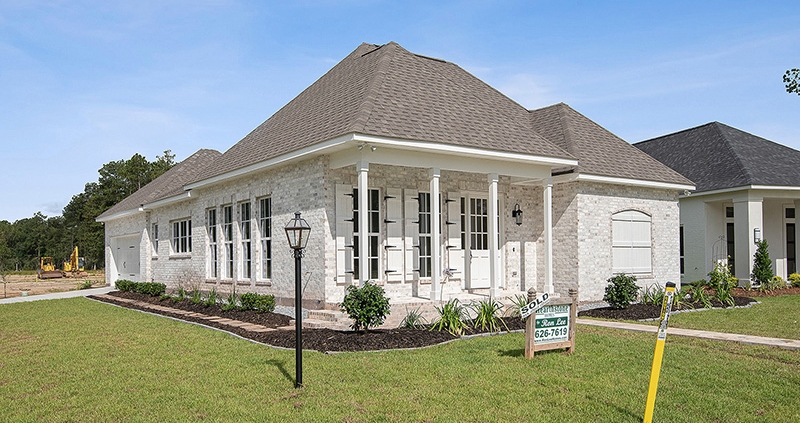
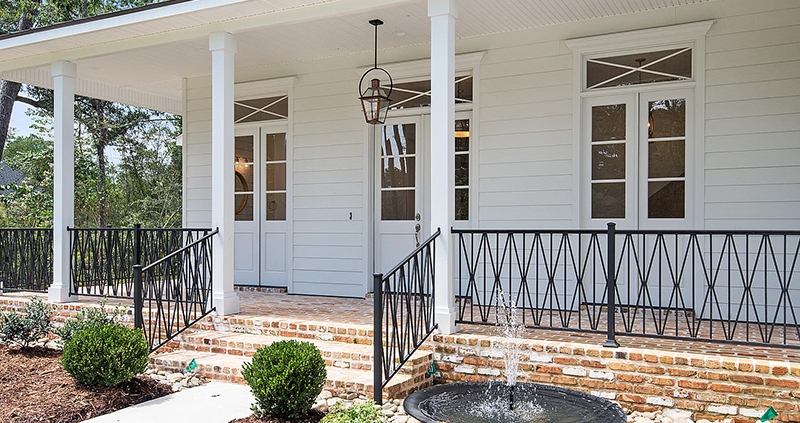
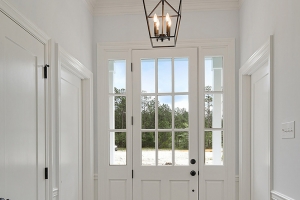 What most homebuyers today are looking for in a home will be completely different than what a homebuyer pre-pandemic look for in a new house.
What most homebuyers today are looking for in a home will be completely different than what a homebuyer pre-pandemic look for in a new house.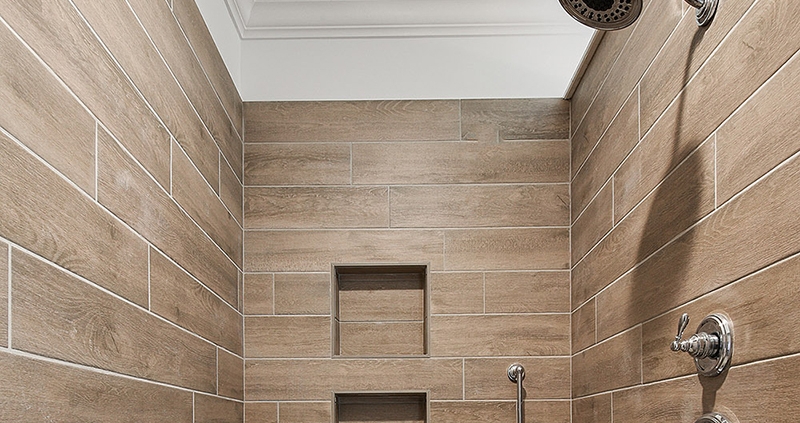
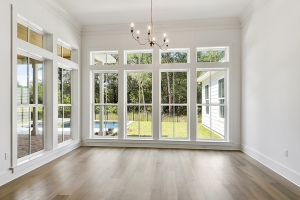 When it comes to your home, you want to make it is your own space with timeless pieces. Estate shutters are a good investment because they fit every style of interior and most any room in your house.
When it comes to your home, you want to make it is your own space with timeless pieces. Estate shutters are a good investment because they fit every style of interior and most any room in your house.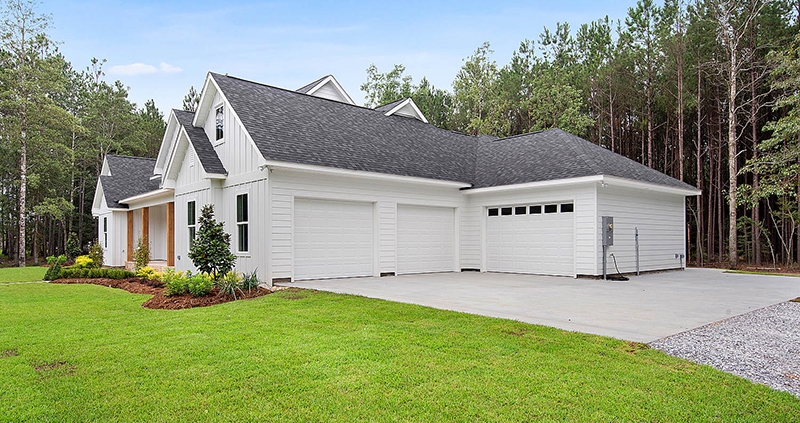
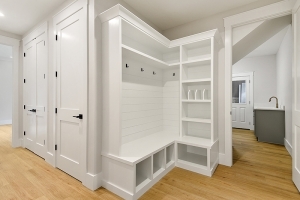 Natural disasters are something everyone around the world fears. There are many construction techniques that have been tested and passed approval to improve the resistance of houses during high wind events such as less-severe (EFO-EF2) tornadoes and intense hurricanes.
Natural disasters are something everyone around the world fears. There are many construction techniques that have been tested and passed approval to improve the resistance of houses during high wind events such as less-severe (EFO-EF2) tornadoes and intense hurricanes.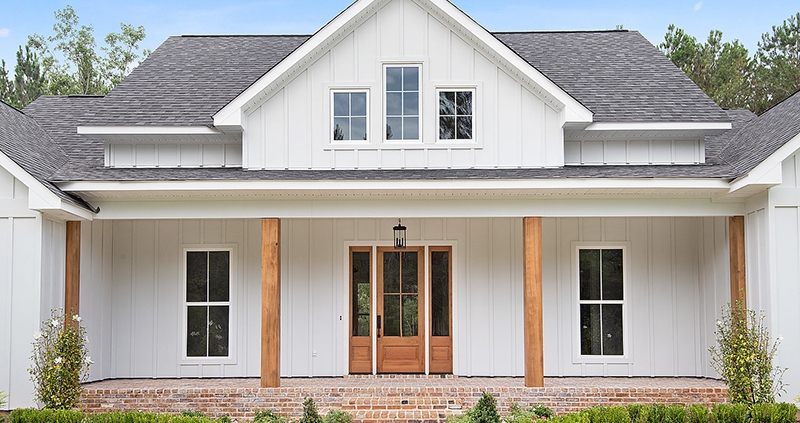
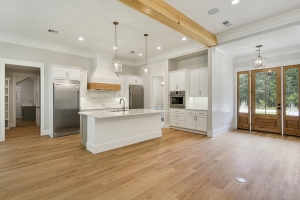 Purchasing a home is a huge event in a person’s lifetime. There are
Purchasing a home is a huge event in a person’s lifetime. There are 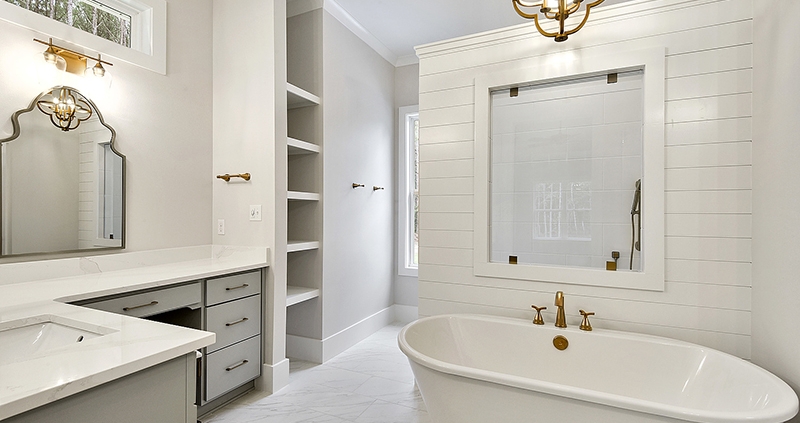
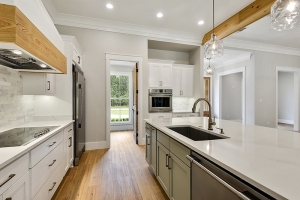 The
The 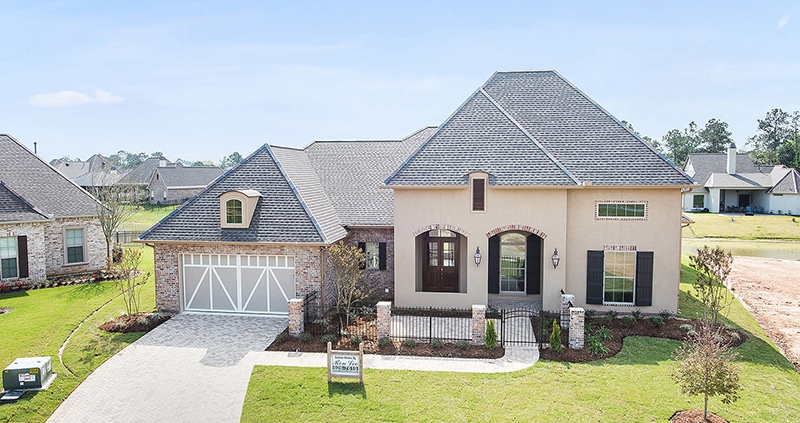
 The shelter-in-place orders have most Americans working from home. This huge shift in where we spend our time has changed the way certain specialty rooms are viewed. The National Association of Home Buyer’s (NAHB) data that was just collected shows that specialty rooms such as home offices and exercise rooms are on the must list for current home buyers.
The shelter-in-place orders have most Americans working from home. This huge shift in where we spend our time has changed the way certain specialty rooms are viewed. The National Association of Home Buyer’s (NAHB) data that was just collected shows that specialty rooms such as home offices and exercise rooms are on the must list for current home buyers.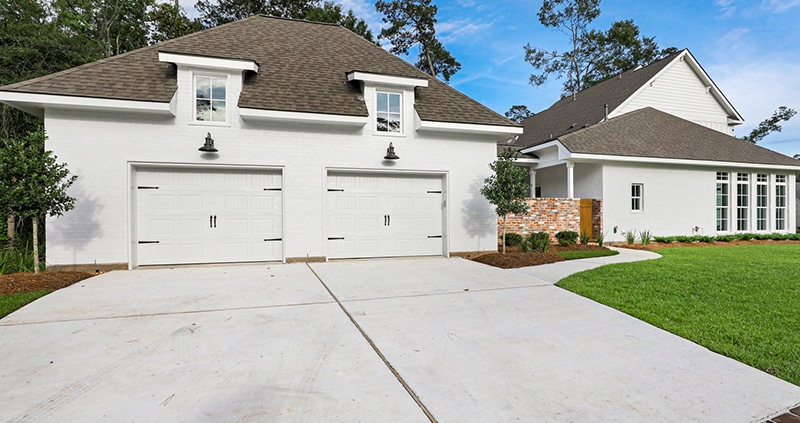 NOLA Real Estate Marketing, LLC
NOLA Real Estate Marketing, LLC Veterans are a big part of our community in the United States. The country honors these men and women who have served in the United States Armed Forces in many ways. One example is through VA Loans for veterans who would like to purchase a home. A VA Loan is provided by private lenders and is partially guaranteed by the Department of Veterans Affairs.
Veterans are a big part of our community in the United States. The country honors these men and women who have served in the United States Armed Forces in many ways. One example is through VA Loans for veterans who would like to purchase a home. A VA Loan is provided by private lenders and is partially guaranteed by the Department of Veterans Affairs.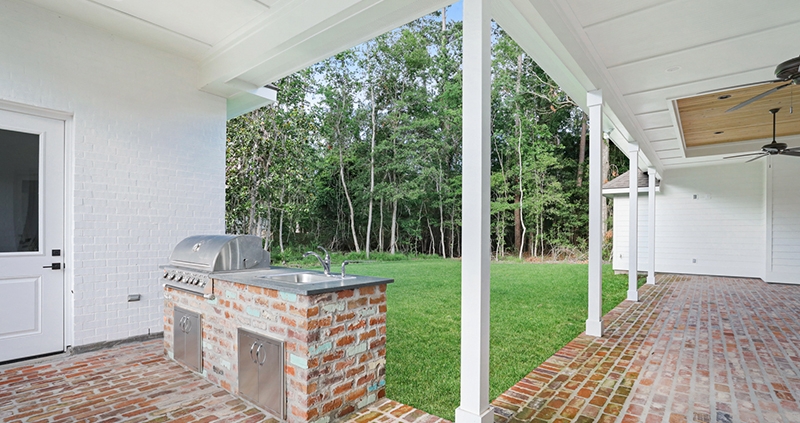 NOLA Real Estate Marketing, LLC
NOLA Real Estate Marketing, LLC When buying a home there are many steps to the process. Once you have made an offer, you need to make sure you have money for a down payment, but that is not all the money you will need to bring to the table. Many homebuyers do not take into account closing costs. This can come as an unpleasant surprise, but if you understand closing costs and have saved for them, the home-buying process will run much smoother.
When buying a home there are many steps to the process. Once you have made an offer, you need to make sure you have money for a down payment, but that is not all the money you will need to bring to the table. Many homebuyers do not take into account closing costs. This can come as an unpleasant surprise, but if you understand closing costs and have saved for them, the home-buying process will run much smoother.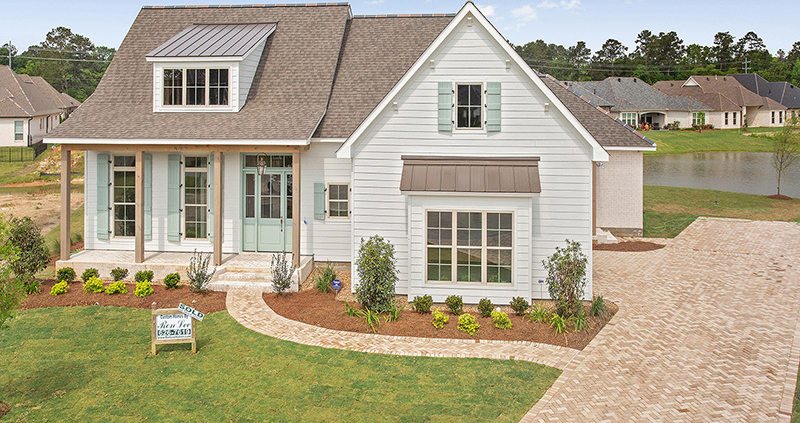
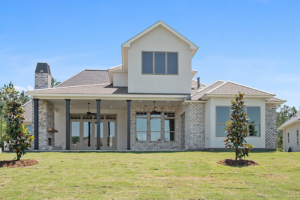 The country might be on hold with the pandemic but life and life events still must go on. We will always have a need to buy and sell our homes. Even in these times, there are many major life changes that still occur that lead to the need to sell your home. Both buyers and sellers find themselves in these situations so it is not a lost hope to sell your home during the pandemic.
The country might be on hold with the pandemic but life and life events still must go on. We will always have a need to buy and sell our homes. Even in these times, there are many major life changes that still occur that lead to the need to sell your home. Both buyers and sellers find themselves in these situations so it is not a lost hope to sell your home during the pandemic.